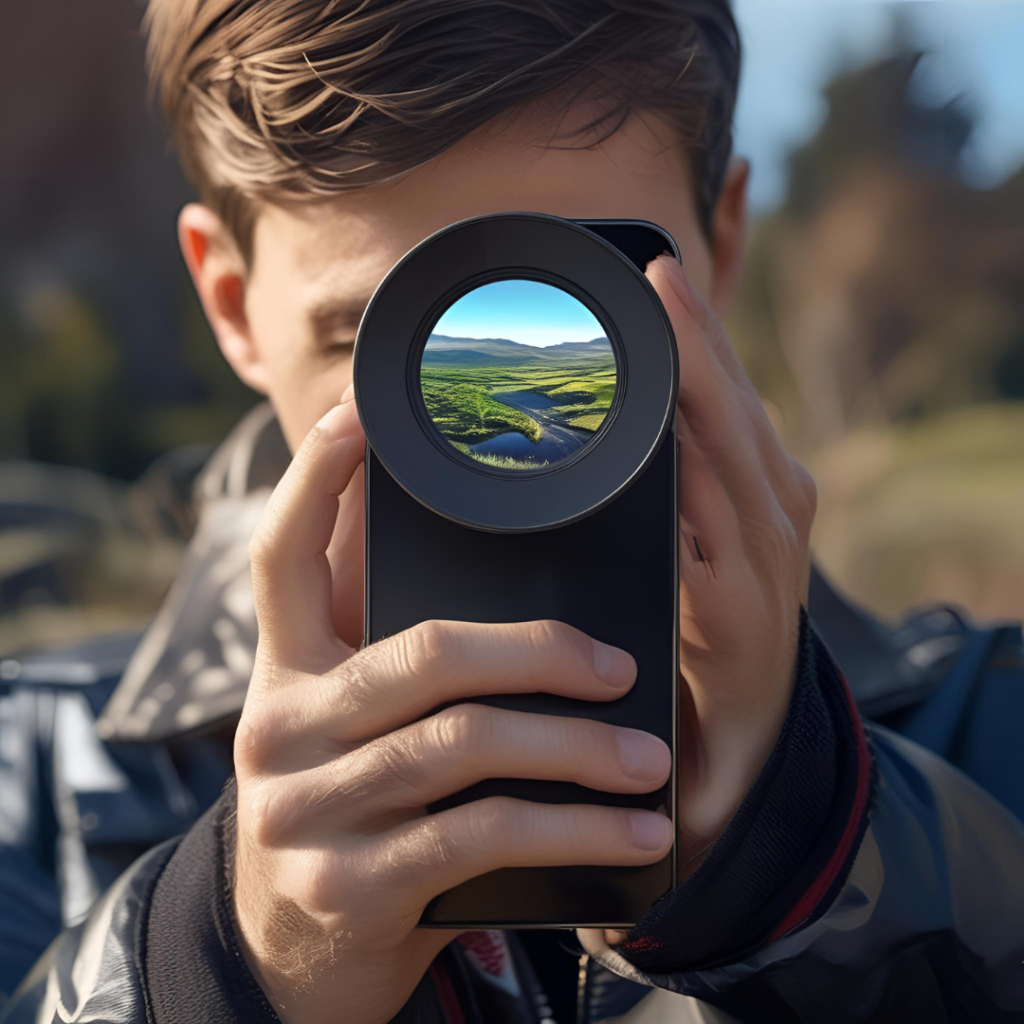
Request


Uncover the ideal monocular magnification for your escapades, be it spotting birds, trekking, or snapping vivid photos. This guide offers practical advice on harmonizing sharpness, ease of carry, and effectiveness, spotlighting trusted supplier Hemusun.
Choosing the perfect monocular magnification hinges on aligning aspects like purpose, target distance, viewing scope, and light settings for top-notch clarity and function.
The activity you plan drives your magnification pick. Birdwatchers and nature lovers often lean toward stronger zooms to scrutinize far-off subjects clearly. Yet, trekkers or campers favor lightweight, adaptable options over intense magnification. Photography buffs find models like the Cell Phone Telephoto/Macro/Monocular 3-in-1 7x18 appealing. These blend robust macro features with portability, perfect for seizing fine details at diverse ranges.
The gap to your target and the desired viewing width heavily sway magnification choices. High zooms shrink the viewing area, ideal for pinpointing specific items but less suited for sweeping vistas. Lower zooms, however, yield wider perspectives. These prove handy for treks or sports gatherings where staying aware of surroundings matters.
Light levels also shape how well monocular zooms perform. Devices with high magnification may falter in dim settings, as brightness drops. Models like the Anti-Shake Cell Phone Lens / Monocular 2-in-1 Lens-12x33 shine here. They stabilize visuals even in tricky light, maintaining sharpness without losing portability.
Magnification greatly influences image clarity and steadiness. It demands a careful mix of cutting-edge stabilization tools and compact design to deliver crisp, stable views.
Greater zooms often heighten shakiness from hand tremors or external conditions. Stabilization systems, like those in the Anti-Shake Cell Phone Lens / Monocular 2-in-1 Lens-12x33, tackle this. They use gyroscope-driven motion sensors to curb jitter, boosting visual precision.
Striking a balance between clear visuals and ease of carry is vital when selecting a monocular. High-zoom models yield detailed images but can be bulkier, less convenient for transport. Sleek options like the Cell Phone Telephoto/Monocular 2-in-1 8x22 provide crispness and brightness in a compact package. These suit everyday carry (EDC) enthusiasts well.
Monoculars fall into low, medium, and high magnification categories. Each suits distinct tasks based on viewing scope, steadiness, and detail demands.
Low-magnification monoculars (5x to 8x) offer a broad viewing field and are simpler to steady without extra gear. They’re especially practical for city strolls or tasks needing swift focus shifts.
Medium-magnification models (9x to 12x) blend detail with practicality. They serve diverse settings, from bird spotting to sports viewing or general outdoor pursuits.
High-magnification monoculars (above 12x) fit specialized activities like stargazing or distant wildlife observation. Still, they often need tripods or stabilization features, as they’re more prone to movement.
Aligning monocular magnification with activities like bird spotting, trekking, or city events guarantees peak performance. It matches zoom levels to each scenario’s needs.
Picking the right monocular magnification for adventures like birdwatching or hiking elevates the experience. It delivers clear, steady visuals crafted for each activity’s demands.
For birdwatching or far-off wildlife observation, medium-to-high zooms (10x–15x) are advised. Tools like the Anti-Shake Cell Phone Lens / Monocular 2-in-1 Lens-12x33 ensure steady visuals during extended use.
Trekkers and campers gain from lightweight monoculars with moderate zooms (7x–10x). The Cell Phone Telephoto/Monocular 2-in-1 8x22 merges portability with solid performance for these pursuits.
In urban scenes like sports matches or concerts, medium zooms (8x–10x) offer ample detail. They remain user-friendly in bustling environments.

Hemusun earns trust as a monocular supplier through its emphasis on quality, fresh designs, varied products, and stellar customer care.
Hemusun crafts top-tier optical goods via modern production sites and rigorous quality oversight. Their R&D crew explores novel materials and tech, yielding dependable, high-performing monoculars. Take the Anti-Shake Cell Phone Lens / Monocular 2-in-1 Lens-12x33. Its advanced stabilization ensures sharp images in harsh conditions, reflecting Hemusun’s knack for merging utility with innovation.
Hemusun’s monocular range caters to needs from outdoor escapades to routine use. The Cell Phone Telephoto/Monocular 2-in-1 8x22 is sleek and sharp, perfect for trekkers and campers. The Cell Phone Telephoto/Macro/Monocular 3-in-1 7x18 appeals to photography fans. It pairs macro features with portability, enabling crisp detail work effortlessly.
Hemusun puts customers first with thorough warranties, repairs, and customized support. Their swift responses value feedback, fostering trust. Strong after-sales services prolong product life, cementing Hemusun’s status as a reliable supplier.
Picking the right magnification rests on factors like purpose, target distance, light settings, and portability needs. For general outdoor tasks like trekking or camping, moderate zooms (7x–10x) balance clarity and usability. Models like the Cell Phone Telephoto/Monocular 2-in-1 8x22 excel here, thanks to their compact build and dependable output.
For niche tasks like bird spotting or photography, higher zooms (10x–15x) fit better. Yet, these often need stabilization tools or tripods for best results. Devices like the Anti-Shake Cell Phone Lens / Monocular 2-in-1 Lens-12x33 counter this with advanced stabilization tech.
Q1: What’s the most adaptable magnification for everyday use?
A: Medium zooms (9x–12x) are versatile. They balance detail and ease of use, fitting tasks like bird spotting or sports viewing without sacrificing portability.
Q2: Can high zooms work without a tripod?
A: It’s feasible, but high zooms without tripods may cause shaky images due to hand motion. Models like the Anti-Shake Cell Phone Lens / Monocular 2-in-1 Lens-12x33, with stabilization features, reduce this issue effectively.
Q3: How does magnification impact a monocular’s size and weight?
A: Higher zooms often lead to bulkier, heavier monoculars due to extra optical parts. Compact models like the Cell Phone Telephoto/Monocular 2-in-1 8x22 show strong optical performance is possible in a small frame.